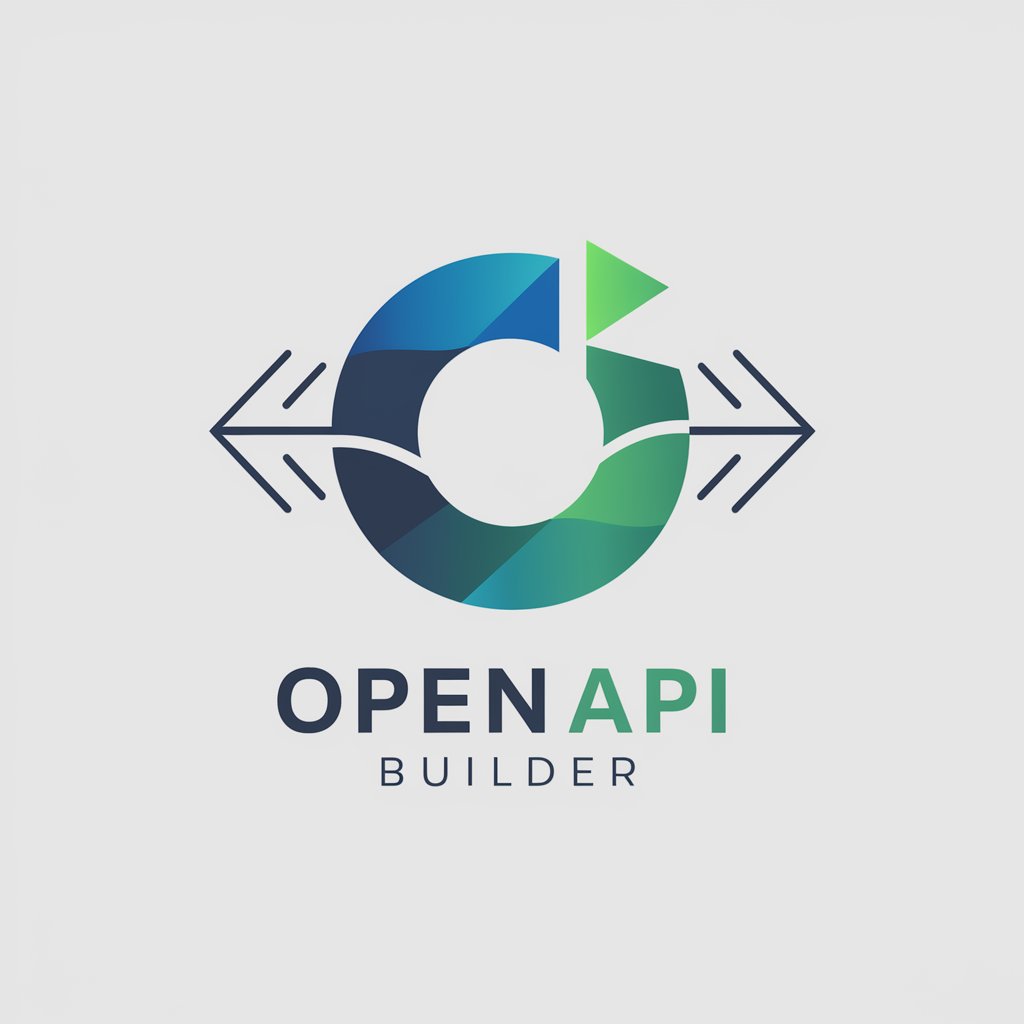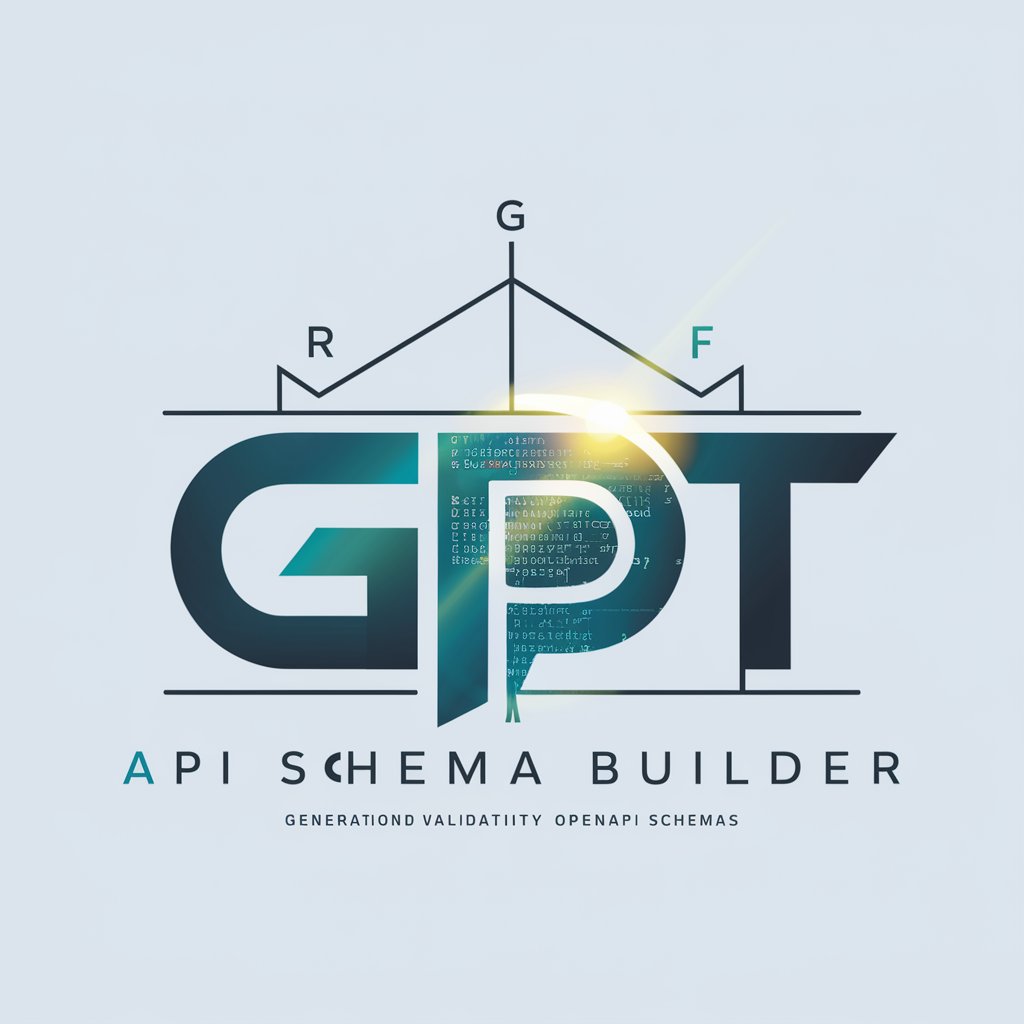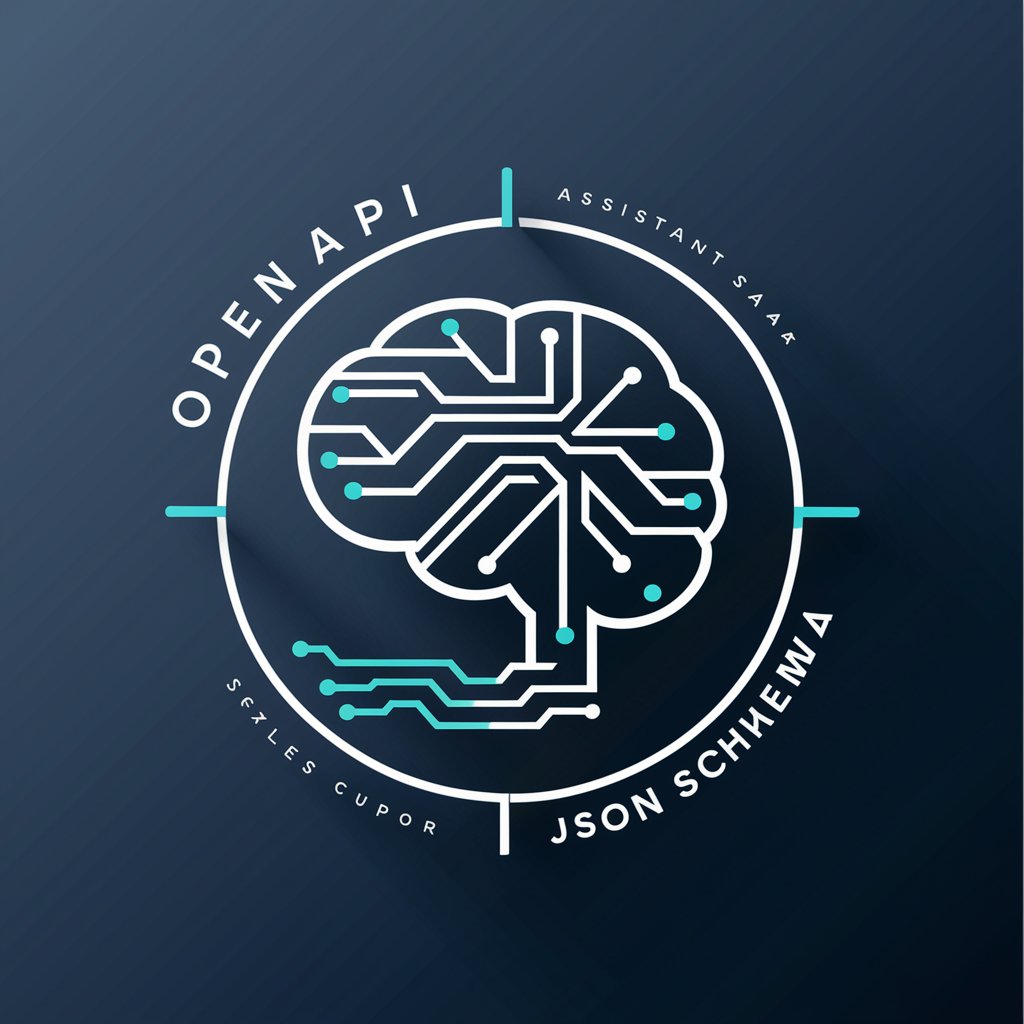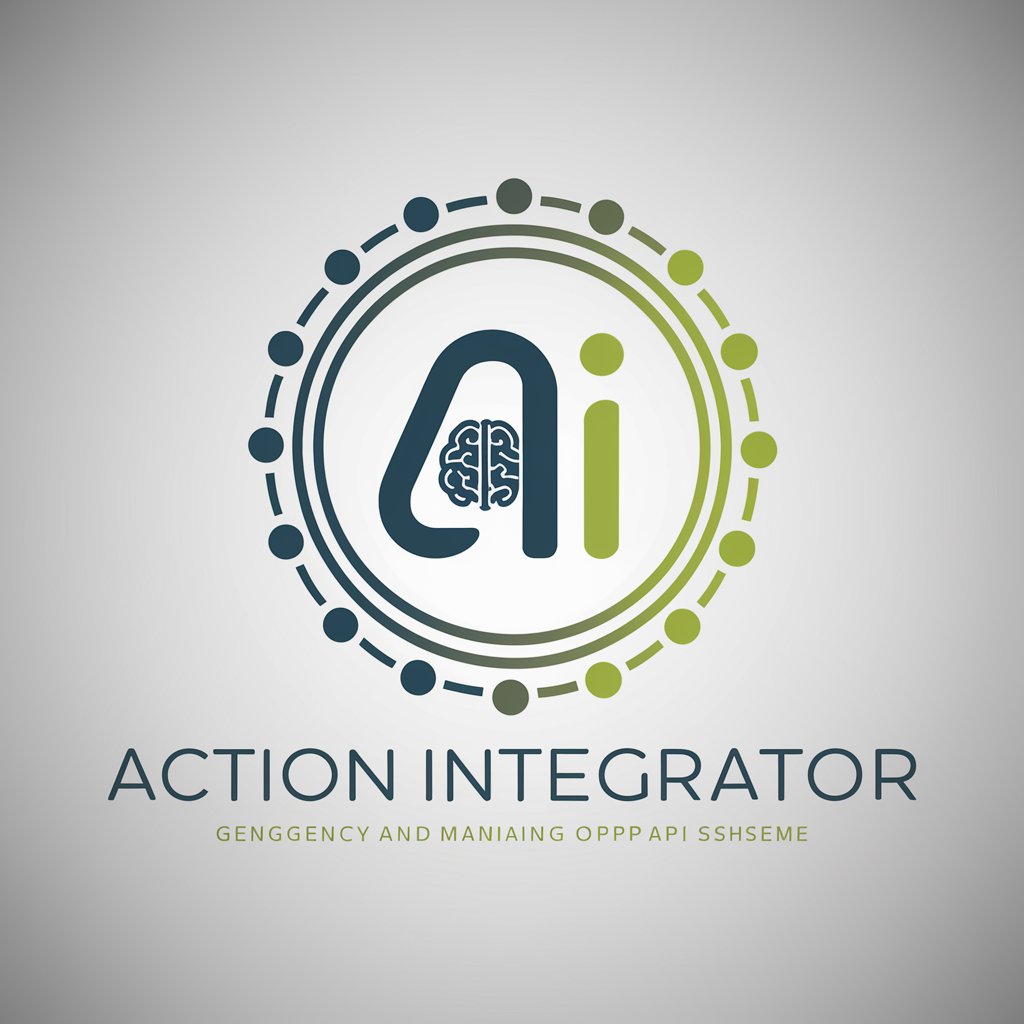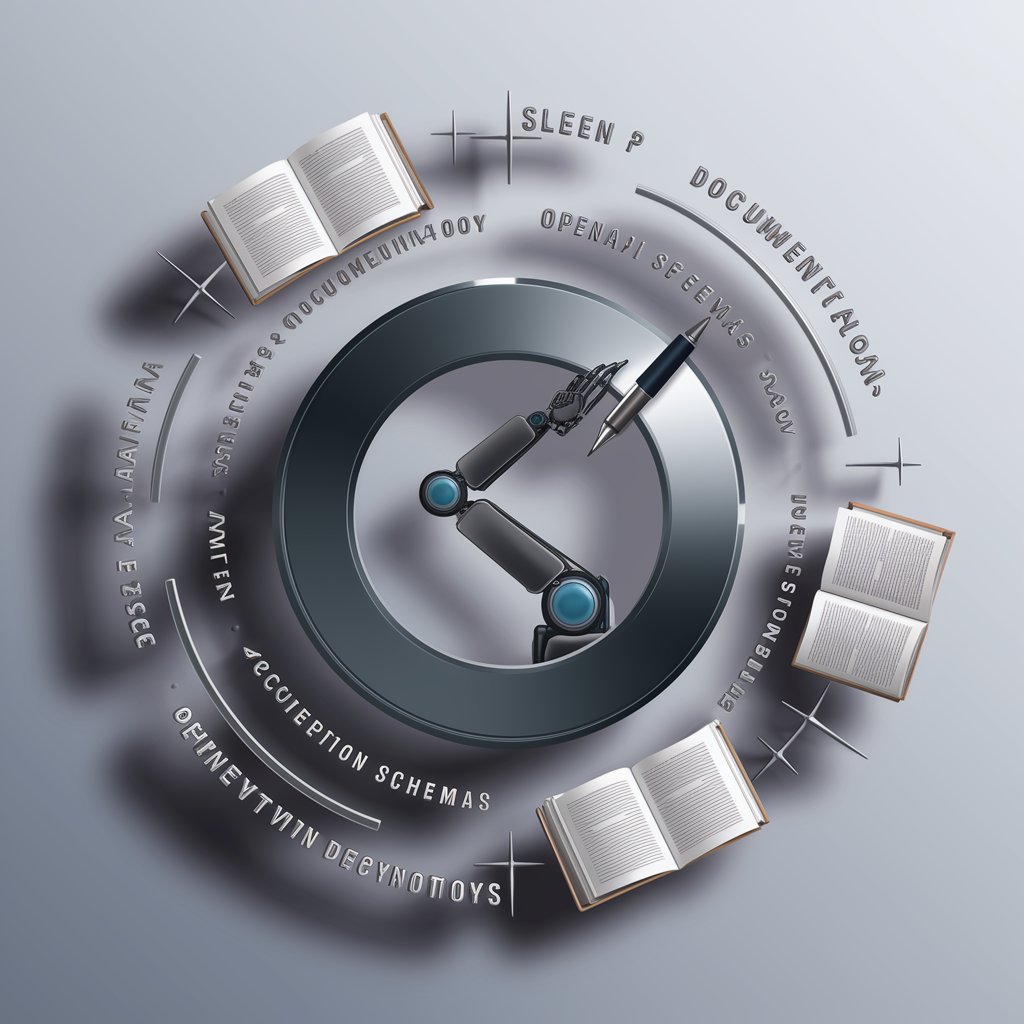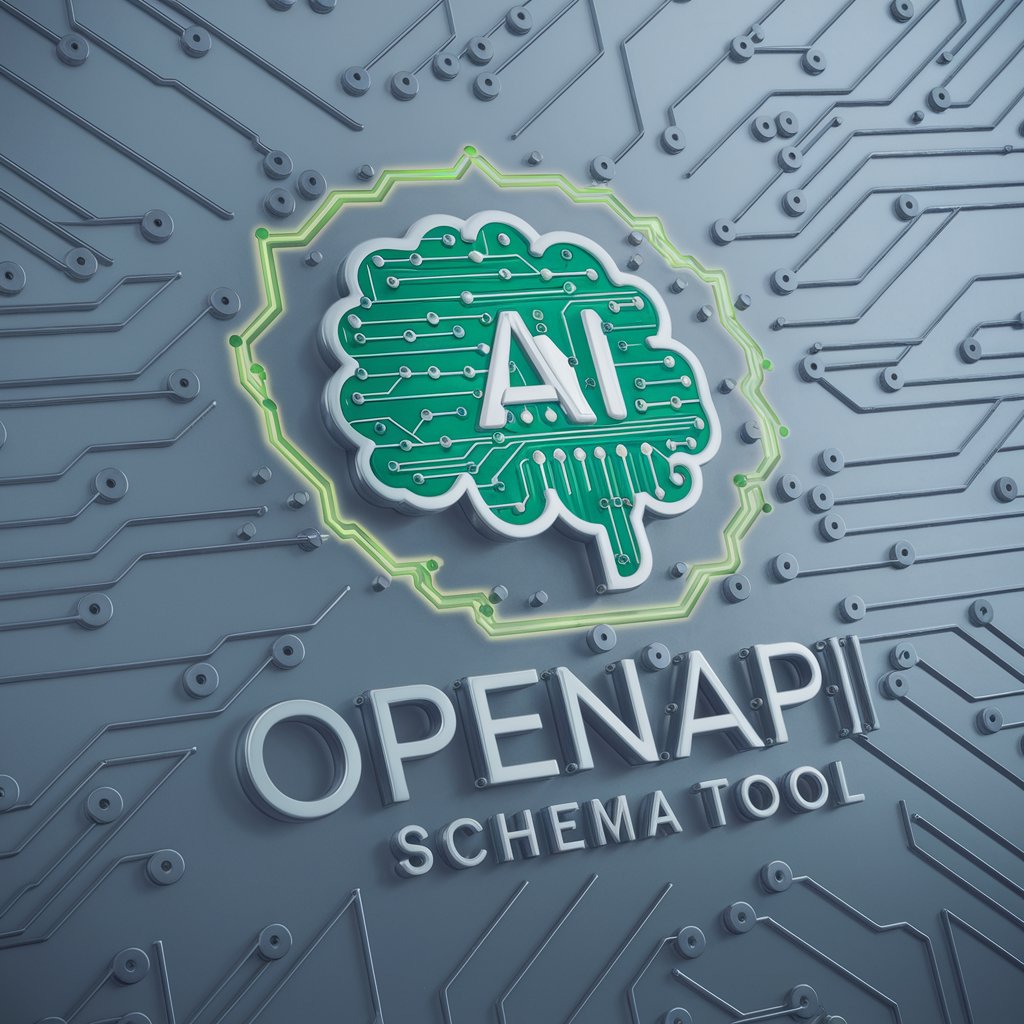
OpenAPI Schema - API Design and Documentation Tool
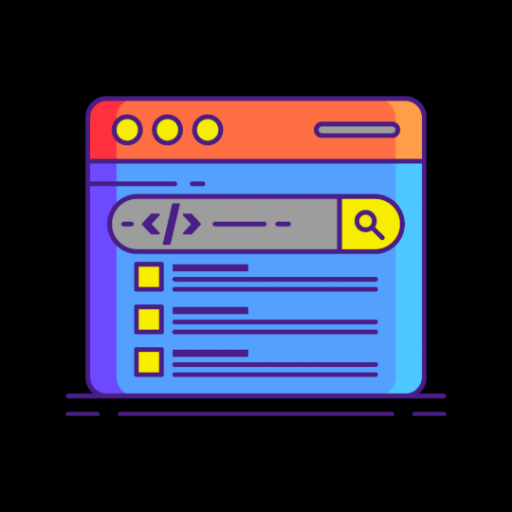
Simplify API design with AI-driven insights
I am ready to create my OpenAPI Schema
Get Embed Code
Introduction to OpenAPI Schema
OpenAPI Schema is a specification for machine-readable interface files for describing, producing, consuming, and visualizing RESTful web services. Initially known as Swagger, this specification was later donated to the OpenAPI Initiative, becoming the basis for what's now known as the OpenAPI Specification. The primary design purpose of OpenAPI is to provide a standardized methodology for developers to describe the structure of their APIs, including available endpoints, operations on these endpoints, input/output parameters, authentication methods, and other details. This enables both humans and computers to discover and understand the capabilities of a service without accessing its source code, additional documentation, or through network traffic inspection. For example, an OpenAPI Schema can describe a chat completion API, detailing how to send chat messages and receive generated completions, specifying request and response formats, and defining security requirements. Powered by ChatGPT-4o。

Main Functions of OpenAPI Schema
API Documentation
Example
Generating interactive API documentation that can be used by developers to understand and test the API without writing any code.
Scenario
A developer wants to integrate with a new payment processing service. The service provides an OpenAPI Schema, which the developer uses to generate documentation and interactive API consoles. This allows them to quickly understand how to make payments, check transaction status, and handle errors.
Code Generation
Example
Automatically generating server stubs, client libraries, and API documentation from an OpenAPI Schema.
Scenario
An organization is developing a microservices architecture and uses OpenAPI Schemas to define the interfaces of each microservice. They use these schemas to generate client libraries for each microservice in multiple programming languages, ensuring consistency and saving development time.
API Testing and Validation
Example
Using the schema to perform automated validation of API requests and responses to ensure they meet the documented specifications.
Scenario
Before deploying updates to their API, a team runs automated tests that validate requests and responses against their OpenAPI Schema. This helps catch discrepancies and ensures that the API behaves as expected, improving reliability and reducing bugs.
Ideal Users of OpenAPI Schema Services
API Developers
Developers designing and building RESTful APIs can use OpenAPI Schema to describe their API's endpoints, methods, and models, facilitating easier integration and clearer documentation for consumers.
Frontend and Backend Developers
Developers working on the client-side or server-side can benefit from OpenAPI Schema by generating client libraries and server stubs, speeding up the development process and ensuring consistency across different parts of an application.
API Consumers
Developers or applications consuming third-party APIs can use OpenAPI Schema to understand the API's capabilities, parameters, and responses without deep diving into the source code or extensive documentation, enabling faster integration and troubleshooting.
QA Engineers
Quality assurance professionals can leverage OpenAPI Schema for automated testing and validation of API endpoints, ensuring that they conform to their specifications and behave as expected under various conditions.

How to Use OpenAPI Schema
Start Your Journey
Begin by visiting yeschat.ai to sign up for a free trial without the need for a login or subscribing to ChatGPT Plus, offering a straightforward entry into exploring OpenAPI Schema capabilities.
Familiarize with OpenAPI
Gain an understanding of OpenAPI specifications by reviewing the documentation and examples. This foundational knowledge is crucial for effectively utilizing the schema for your API.
Define Your API
Start defining your API structure using the OpenAPI Schema, including paths, operations, parameters, and responses. Use tools like Swagger Editor for visual aid and validation.
Implement Authentication
Incorporate security schemes within your schema, such as API keys or OAuth2, to ensure secure access to your API endpoints.
Test and Iterate
Utilize tools like Swagger UI or Postman to test your API against the schema. This iterative process helps refine and ensure the API meets your requirements and functions as intended.
Try other advanced and practical GPTs
Trading Bot
Empowering trades with AI-driven insights

UK Driving Theory Test: AI Interactive
Master the Road with AI-Powered Learning

"I made a GPT" Tweetmaster
Elevate your tweets with AI-powered creativity.

ByteBrain.org
Empower Your Projects with AI
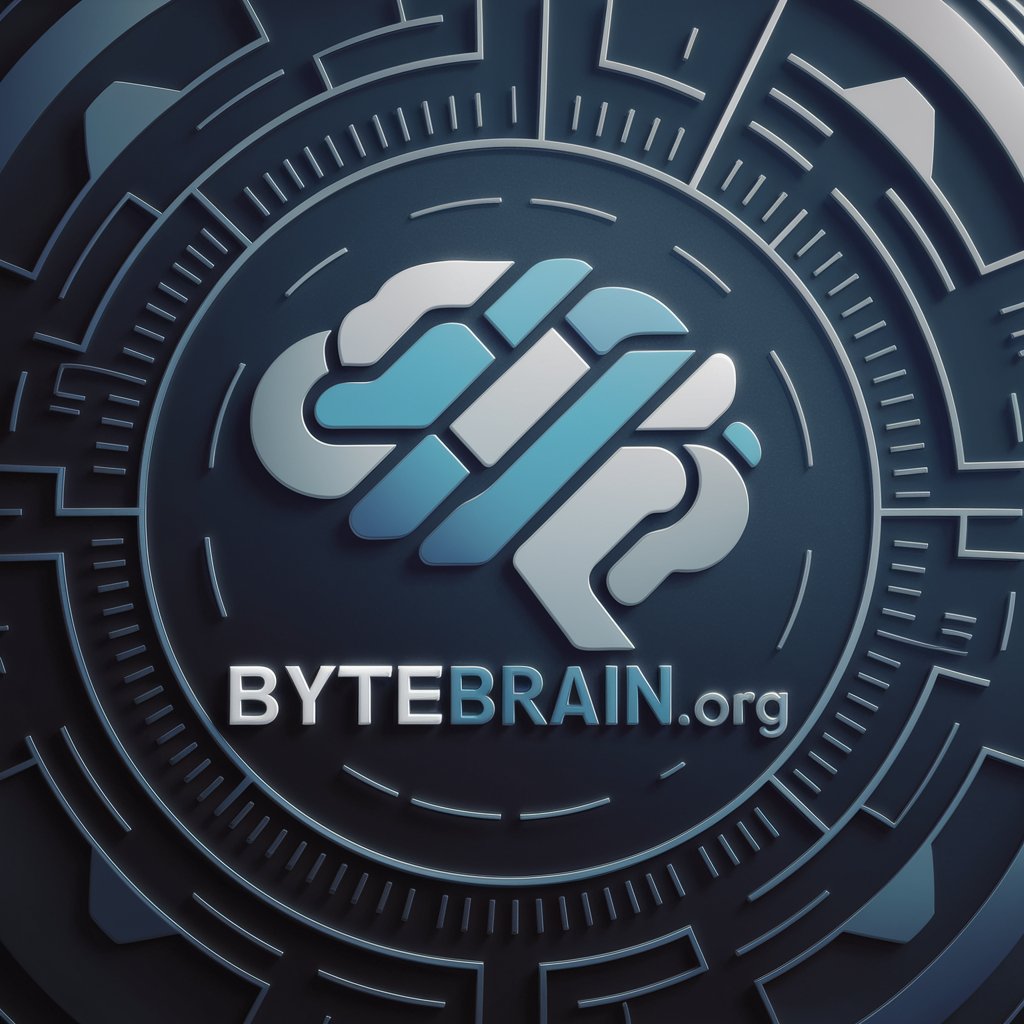
Component Builder
Transforming mockups into code, powered by AI
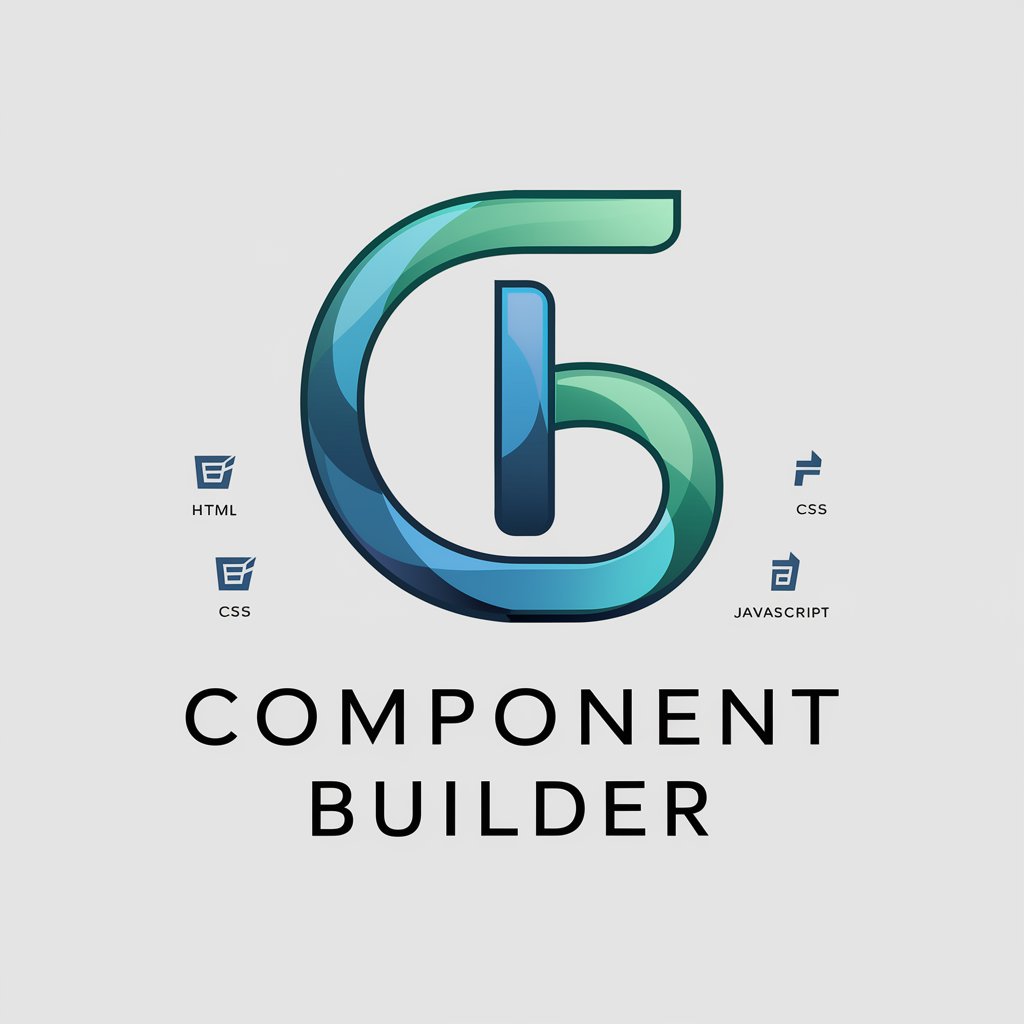
Santa Biblia ~ Holy Bible
Empowering faith through AI-driven theology

Plagiarism Sentinel
AI-powered plagiarism detection and guidance

Fast Family Feasts
AI-Powered Family Meal Planner
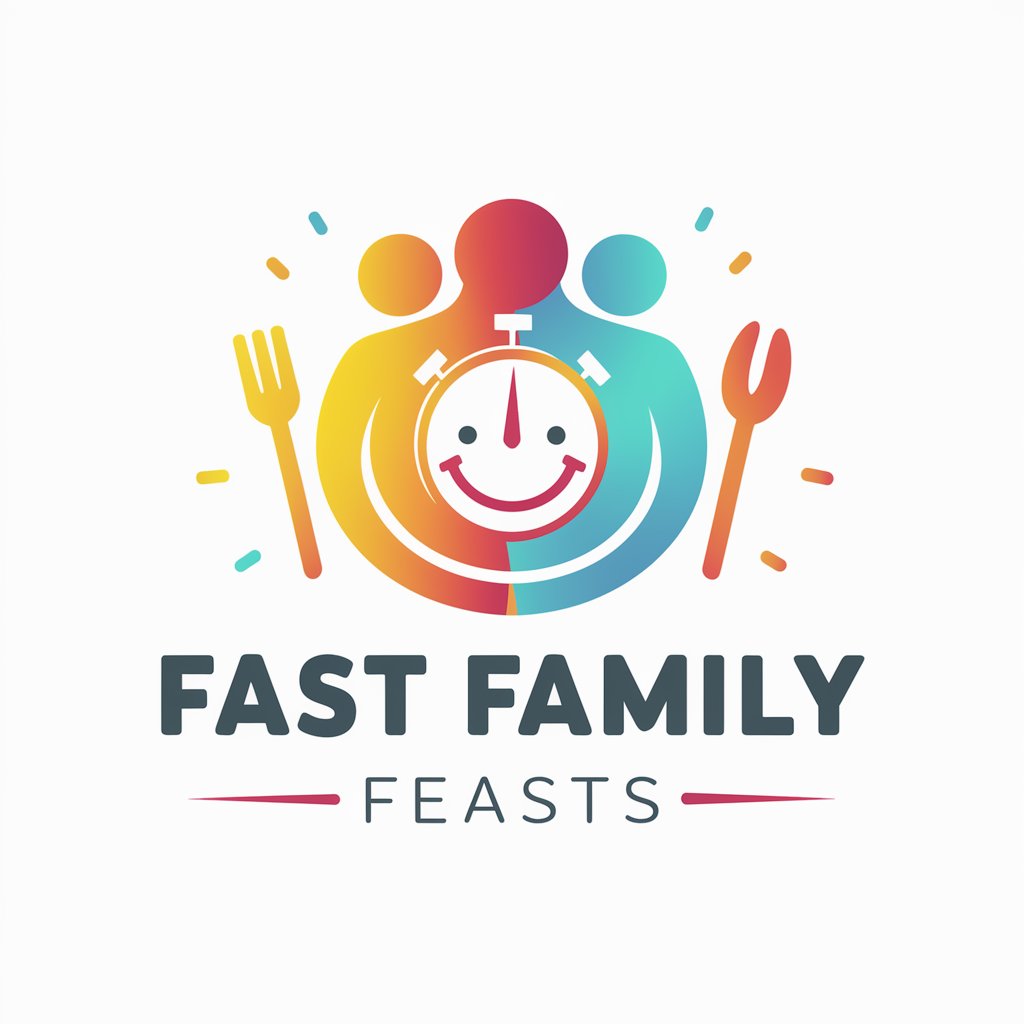
Advanced Resume & CV Checker
Empower Your Job Hunt with AI

Store Optimization - GPT
Elevate Your GPT Product's Potential
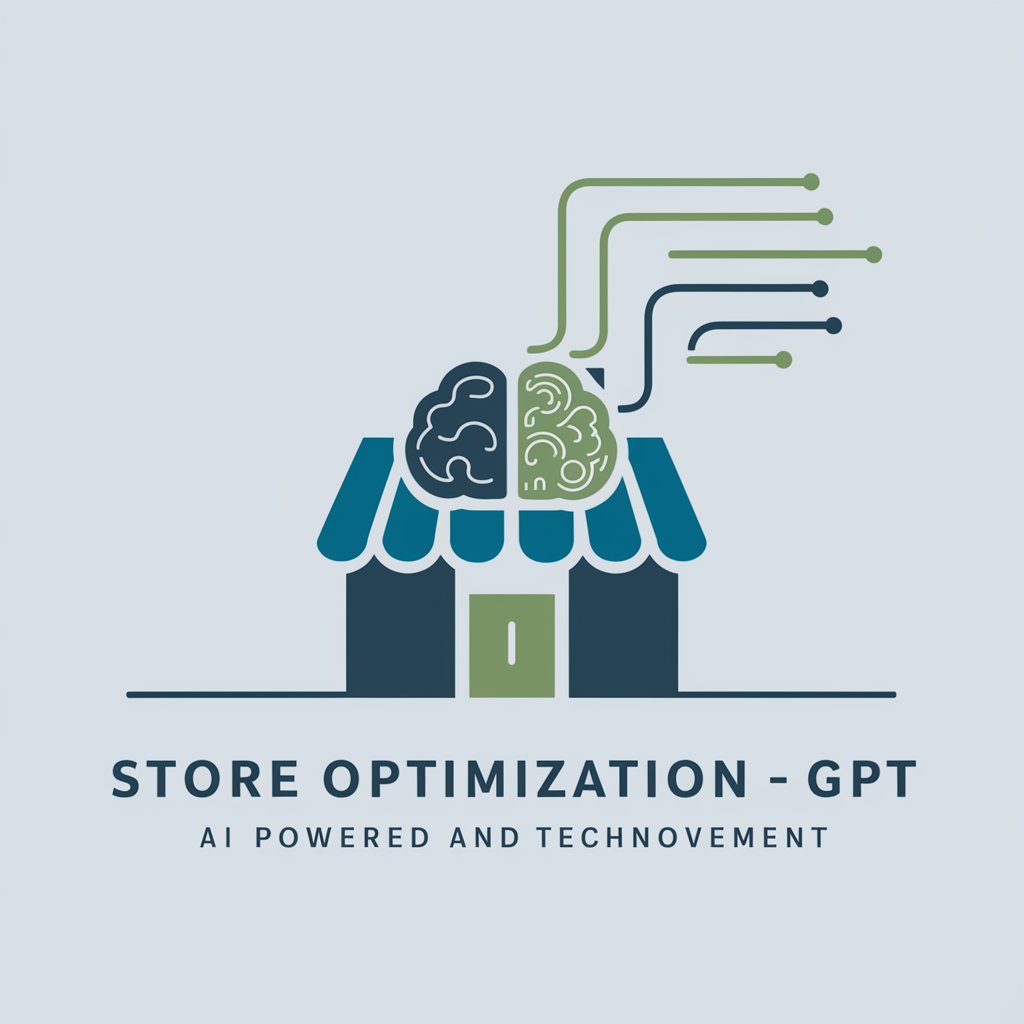
オープンダイアローグ的対話GPT
Empower Reflection, Enhance Understanding
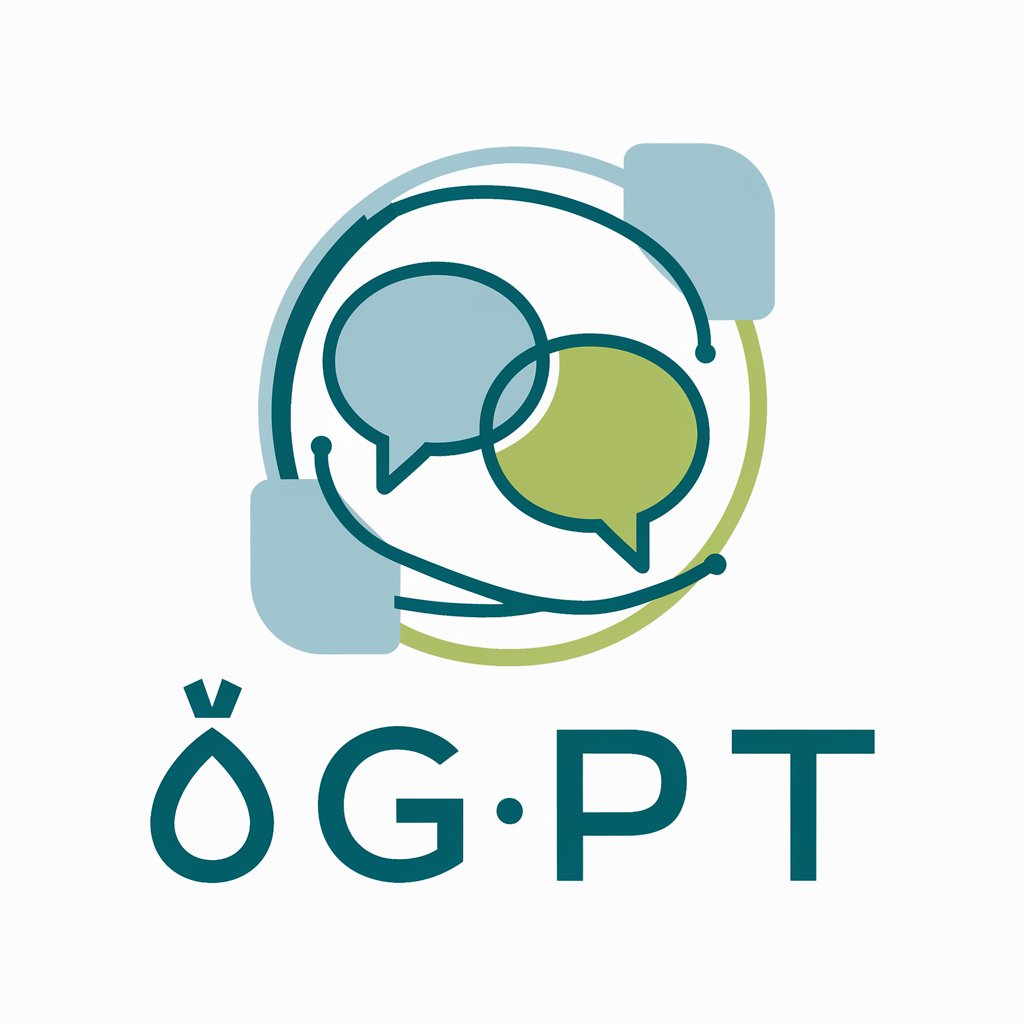
Giftify
Craft Your Interests into Badges

OpenAPI Schema FAQs
What is OpenAPI Schema?
OpenAPI Schema is a specification used to describe and document RESTful APIs. It allows you to define API structure, endpoints, operations, and security schemes in a machine-readable format, facilitating easier development, testing, and integration.
Why use OpenAPI Schema for API documentation?
Using OpenAPI Schema ensures comprehensive and standard documentation of APIs, making it easier for developers to understand and integrate with them. It supports automated testing and client SDK generation, enhancing developer experience and reducing integration time.
Can OpenAPI Schema handle API security?
Yes, OpenAPI Schema allows you to define security schemes, such as API keys, OAuth2, and HTTP authentication, directly within your API specification. This ensures that API security requirements are clearly documented and implemented.
How can I validate my API against the OpenAPI Schema?
You can use tools like Swagger Editor and Postman, which offer validation features against the OpenAPI Schema. These tools can help identify issues and ensure your API specification conforms to the OpenAPI standards.
Can OpenAPI Schema be used for APIs not yet developed?
Absolutely. OpenAPI Schema can be used as a design-first approach, allowing teams to define and iterate on the API specification before any code is written. This can streamline the development process and ensure alignment between front-end and back-end teams.
